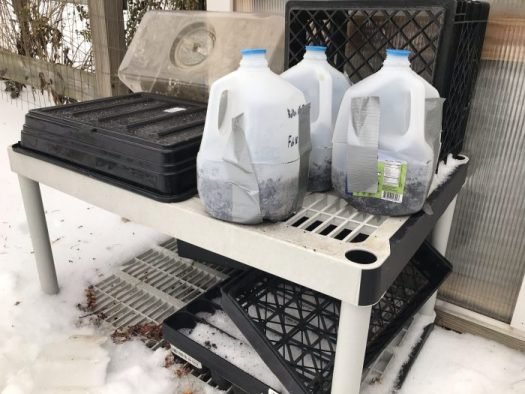After a hectic year of non-stop landscaping work, I have some free time and discovered ‘winter sowing. I started doing it last winter on a small scale with Bells of Ireland and was so successful that I’m winter sowing in a big way this January and February to save my precious time in the spring. Why wait until spring to sow seeds when I can do it right now?
What is winter sowing?
winter sowing It sounds contrary to the practice of sowing seeds in a controlled warm, humid environment, but it really makes sense. Many of my seeds, such as larkspur, love in the fog (nigella) and poppies, I always sow them outside in the ground in January as they need about 6 weeks of cold temperatures to germinate. I call this method the lazy way of sowing seeds. Low tech, little time and work involved, if you want to try your hand at growing seeds this is the way to go.
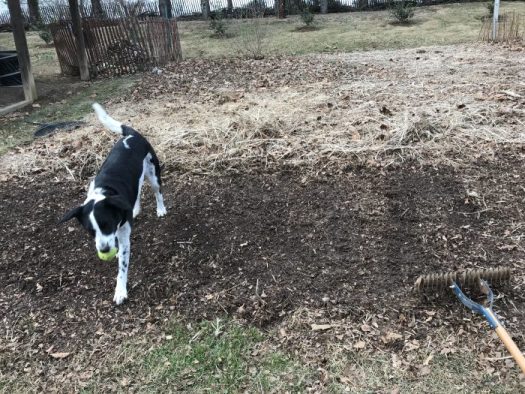
But winter sowing only means sowing seeds outdoors in the winter elements in closed containers, rather than in the controlled conditions indoors. The enormous advantage of winter sowing For me, I can do it when I have time. Additionally, the seeds are outside, not inside, taking up space in my greenhouse or house, and need constant attention to watering and light requirements. And we’re not just talking about flowers. Vegetables and herbs fall into the winter sow category too.
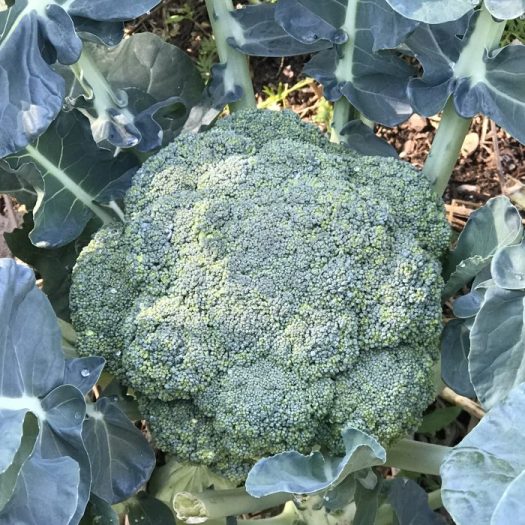
Materials for winter sowing
I’ve saved up my plastic bins and asked friends and neighbors for contributions, so I’m accumulating a lot of bins. Many winter planters use plastic milk jugs, but I don’t use milk in large quantities, so I used what I have, i.e. to-go containers, produce containers, and even plastic boxes that I have in abundance from orders of light bulbs. All you need are lots of containers that you would normally throw in your recycling bin: milk jugs, juice containers, dollar store finds, deli trays, takeout trays, and vegetable containers, like lettuce or spinach containers from the supermarket.
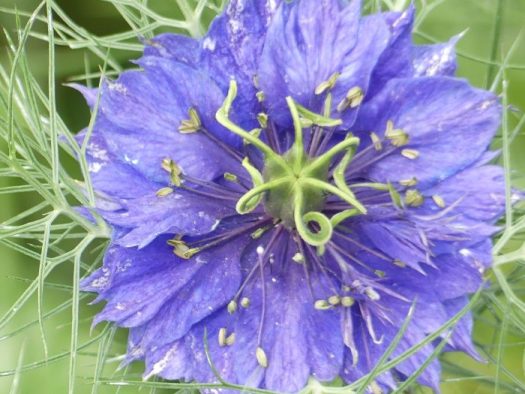
I have put out a few seed containers each day and the attached seed trays are outside now covered under a light layer of snow. You don’t see sprouts so soon, but wait a few months! In the meantime, I’ll ignore them. Rain and snow should cover any watering needs.
No special equipment needed: no grow lights, seedling trays, heat mats, and most importantly for indoor planting: space! It can begin as early as the winter solstice, December 21, and continue through March and even April. The only trick is to choose annuals that are “cold hardy” and the varieties you can start this way are amazing (list below).
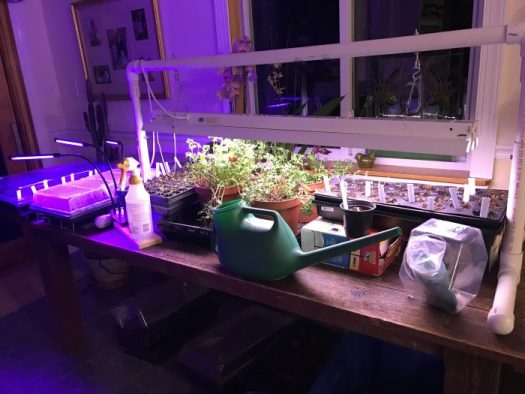
What seeds will work?
What constitutes a “cold-hardy annual”? These are plants that complete their life cycle in just one year and can tolerate a light frost. They germinate, mature, produce and die within a 12 month period, but do not sprout again. Instead, they sow seeds for next year’s new generation and can sprout on the spot, without needing to germinate indoors. Heat lovers, such as tomatoes, cucumbers, sunflowers, zinnias, and corn, are not good candidates.
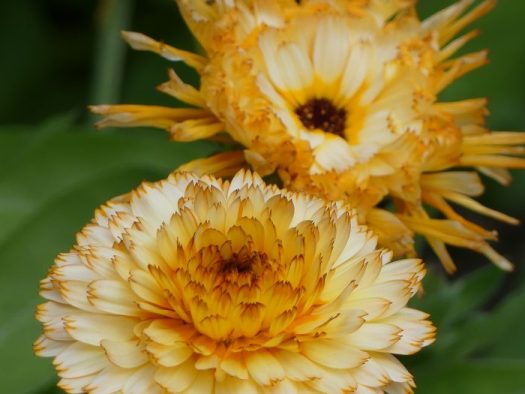
According to the Burpee website: “When selecting flowers for winter planting, look for seeds labeled with terms such as “cold tolerant,” “cold hardy,” “cool season,” “fall sow,” or “early sow.” of spring.” “For a successful sowing.” These are key words that indicate that the annual plant is a good candidate for winter planting. For Burpee’s article on winter planting, go to When to sow winter flower seeds.
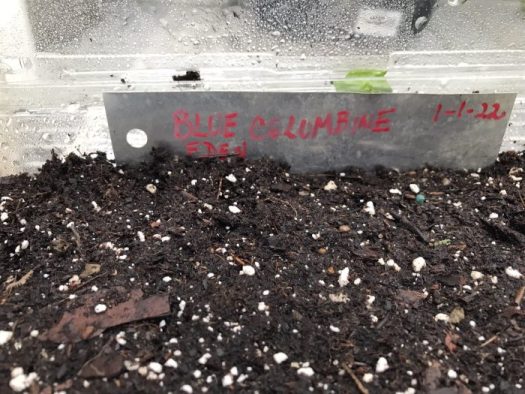
Some examples include snapdragons, bee balm, poppies, and delphinium. And that’s just the tip of the iceberg. There are so many options to try. If you notice things reseeding and sprouting in the spring without you doing anything, like cilantro, love in the mist, marigolds, nicotiana, kale, and annual poppies, to name just a few, these are good candidates for winter sow. I don’t depend on them appearing every time in the garden, so to make sure, winter sow to make sure I have them for the next growing season.
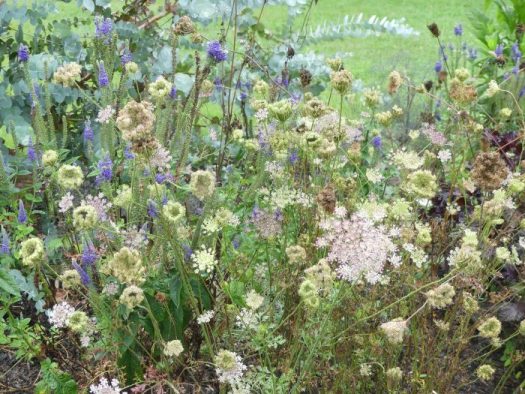
Simple steps for winter planting:
1. Choose seeds from plants that are “cold hardy” (listed below)
2. Put away plastic containers, such as milk jugs, soda bottles, clamshell lettuce containers, deep aluminum containers with clear lids, etc. Tall containers, such as milk jugs, will need to be cut into 2 pieces so you can access the bottom. . It is important that clear or cloudy lids or lids let in light.
3. Make drainage holes in the bottom of the container and in the lid.
4. Fill the container with potting soil, moisten it, and sprinkle seeds over the potting soil. Press the seeds into the soil.
5. Place the lid on and secure with tape or rubber bands. Make sure there are vents for air to escape and rain or snow to enter.
6. Label everything! You’ll forget what you planted, so use a waterproof pen on a plastic label or write it on tape.
7. Place the containers in your backyard where they get sunlight but can’t blow away…and wait until spring!
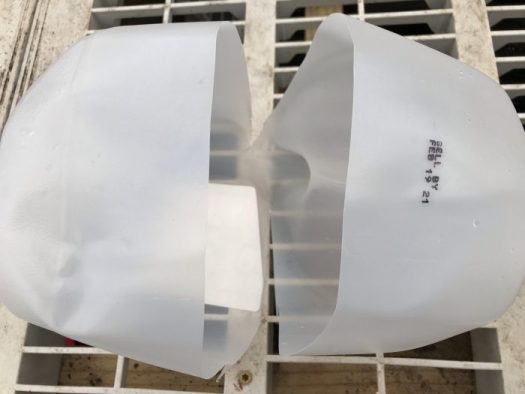
Care and feeding of your plants: practically none!
All you are creating are mini greenhouses that provide the right conditions for your seeds to germinate. The freeze-thaw cycle breaks up the seed coat so it can sprout at the right time. As the seedlings grow, you may need to ventilate them more as they need to be kept cool. Don’t let them fry in the container when the weather is warm and sunny. And when they touch the top of the cover, remove it so the seedlings have room to grow. By then it will be April.
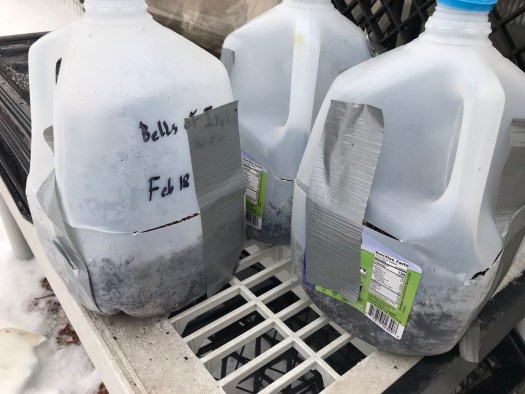
Benefits of winter sowing
- it’s easy
- Free up space on the windowsill of your home and greenhouse.
- You can do it at your own pace in January or February; no need to check the frost dates of your seedlings
- It is cheap and requires no special equipment.
- Moisture, which is the enemy of many seed starters, is not a problem in cold temperatures.
- Without hardening (acclimatizing them to outside temperatures)
- No need to water as the rain and snow do it for me!
winter sowing It is also a great way to use up old or questionable seeds. You have nothing to lose by planting these rare things, so you might as well give them a try. Their seeds will germinate when the first bulbs, such as daffodils and tulips, begin to emerge, and they should have excellent root systems when the weather warms.
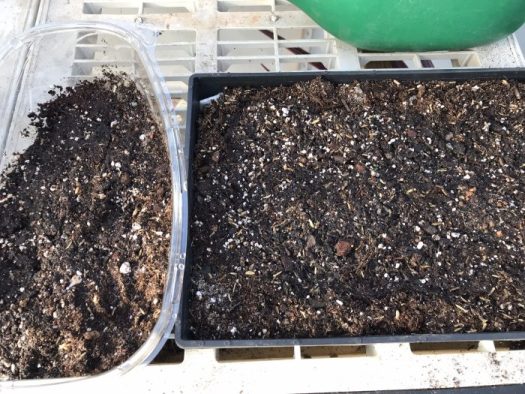
Seeds suitable for winter sowing.
- Amni (Queen Anne’s Lace)
- Asian greens
- Bachelor Buttons
- beet
- Bells of Ireland
- black eyed susan
- bok choi
- Broccoli
- Brussels sprouts
- Bupleuro
- Calendula
- Cauliflower
- Canterbury Bells
- Chinese forget me not
- Cilantro
- corn cockles
- Larkspur
- Good
- feverfew
- Foxglove
- Godetia
- Larkspur
- Lettuce
- Love in a fog
- Kale
- Monarda Lambada (Bee Balm)
- money plant
- onions
- Oregano
- Orlaya
- Thought
- perennial flowers
- petunias
- Poppy
- Radish
- Sage
- scabious
- Snapdragon
- Spinach
- Sweet pea
- Sweet William
- Thyme
- Yarrow
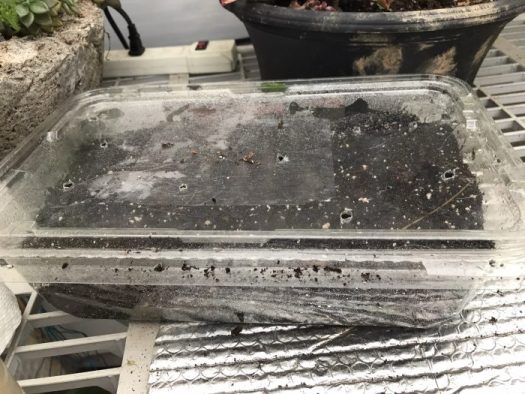
Final tips
It is important to sow in thin layers so that clumps of seedlings do not germinate. It is difficult to separate intertwined balls of seedlings without damaging them. It is best to cut them into blocks and plant the entire piece of plants. Larkspur especially hates having its roots manipulated, so plant them very thinly in their container and transplant them to their permanent location when they are young, no more than 2 to 3 inches tall.
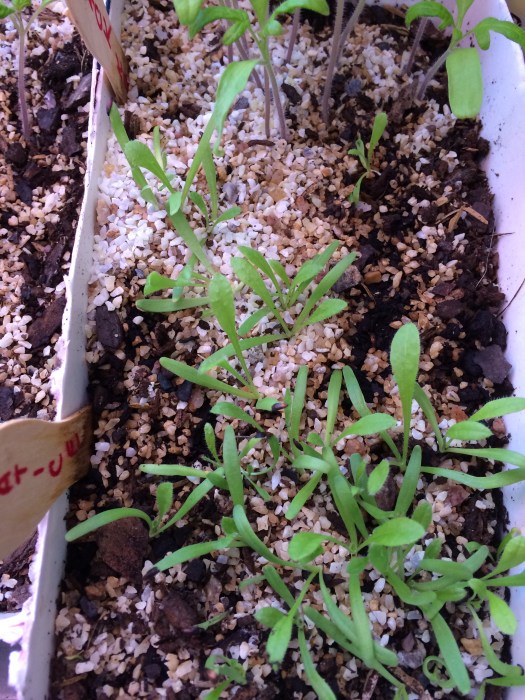
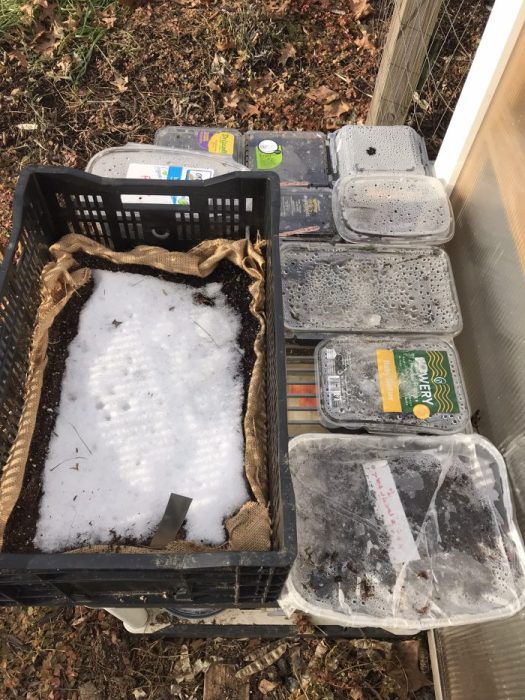
For my blog post on cold hardy annuals, check out Top 10 Annual Plants That Can Handle the Cold.
